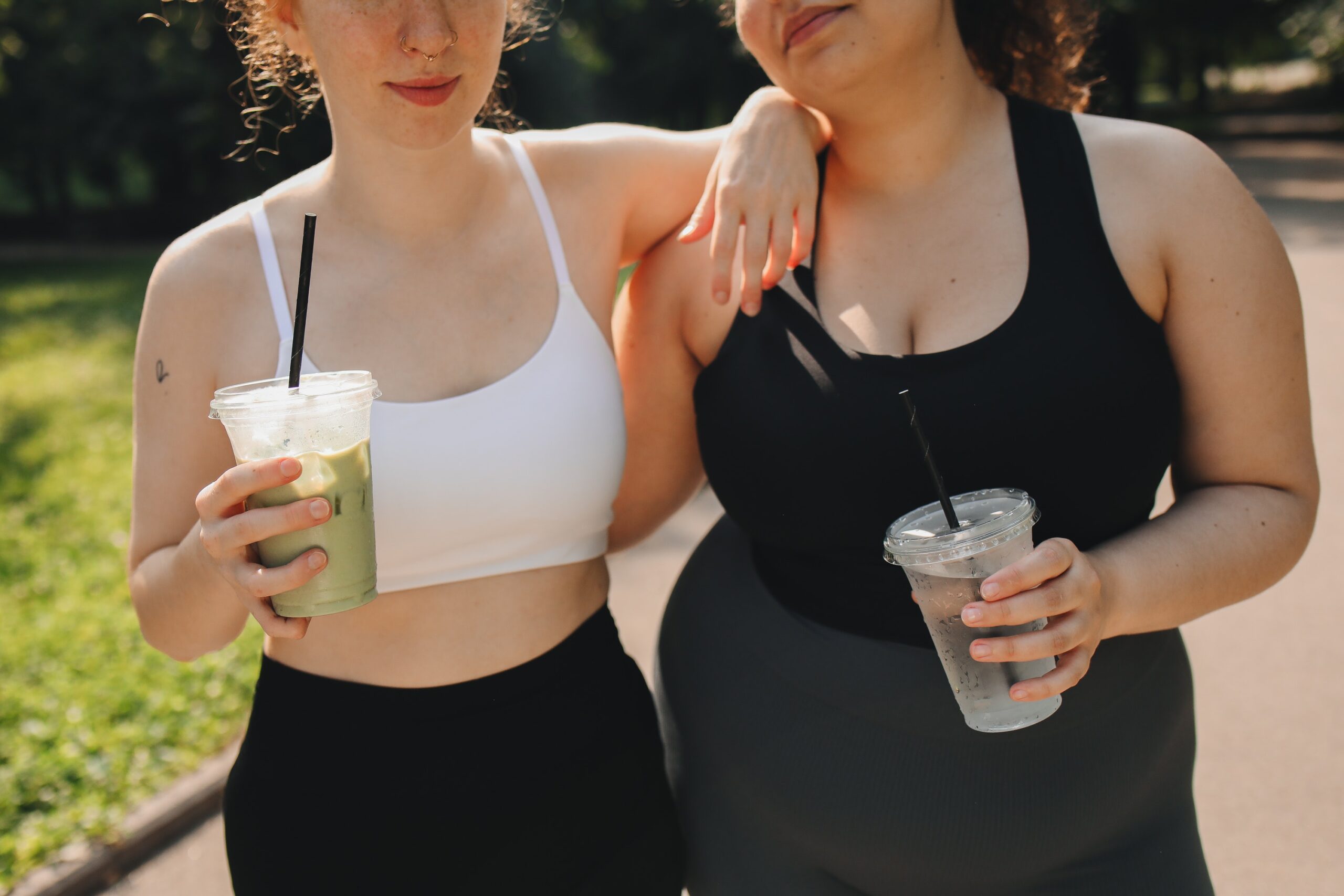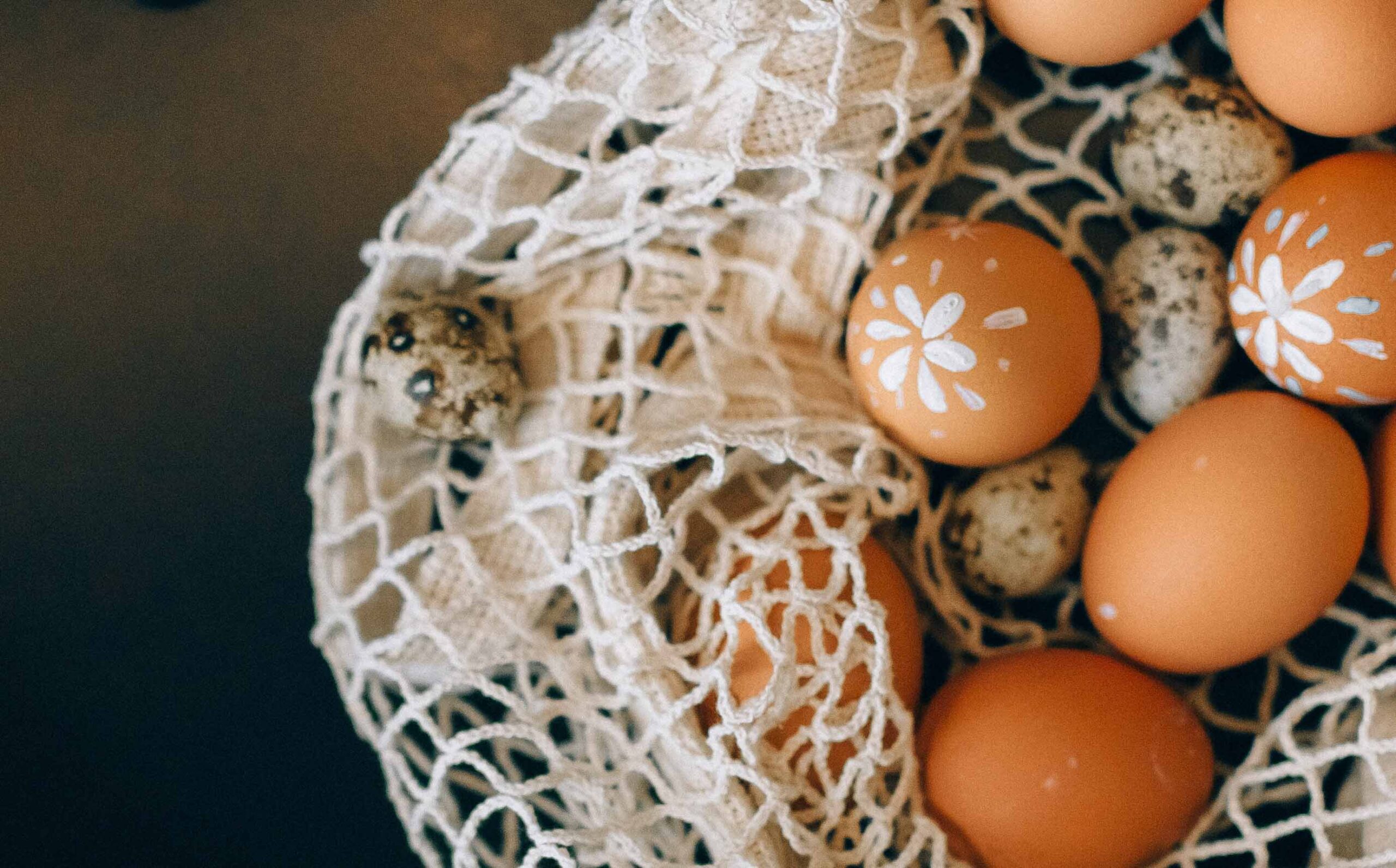I’m sure you haven’t missed that October is Breast Cancer Awareness month. But you may not have known that breast cancer is the most common cancer worldwide and that there are 56,000 new breast cancer cases diagnosed in the UK every year. Yep, unfortunately women in the UK have a 1 in 7 risk of developing breast cancer at some point in their lives which is why checking for lumps and other changes could save your life. Today we are going to talk about breast health, how to check your breasts and what to do if you find something you are worried about.
What is breast cancer?
Breast cancer is when the cells in the breast start to grow and divide in an abnormal way. There are lots of different types of breast cancer and it can be caused by a lot of different factors. Some of which have to do with lifestyle or behaviours (e.g. smoking increases the risk of developing cancer), some are genetic (run in families) and some are just bad luck. Most of the things that cause cancer are not within our own control as most happen by chance.
Who gets breast cancer?
Technically anyone with breast tissue can get breast cancer but it is more common in women than in men and more common in older women than younger women. However, young women can still get breast cancer and so can men! More than 2,000 women under the age of 40 are diagnosed in the UK with breast cancer every year while the number for men in much lower at 400 diagnosed every year.
Why should I check my breasts?
Checking our breasts regularly can mean we can find early signs of cancer. This can lead to an earlier diagnosis and treatment. The earlier we can start treatment for breast cancer, the better the chance of the treatment working and the higher the chance of survival.
No one knows your body better than you do so you are in the best place to know if something has changed and to ask for help. The better you know what your own “normal” is, the easier it is to tell if something is different.
That’s why it is important to check your breasts/chest/boobs every month to look and feel for any new changes.
How do I check my breasts?
When we talk about checking our breasts, we mean the whole of the front of your chest (up to your collarbones and into your armpits) the whole nine yards! This is relevant to people of all genders because everyone has at least some breast tissue (women just tend to have more).
Checking your breasts involves both looking and feeling. There is no “right” or “wrong” way to check, just whatever you feel comfortable with. Some people find it easiest to check their chest in the shower, some people find it easier when they get dressed or undressed. Whatever works for you as long as you check.
1. Look
Look at your chest in the mirror. Are your boobs symmetrical? Is one bigger than the other?
It is normal to have asymmetrical boobs and one is often bigger than the other. They might even point in different directions. Everyone is different. This is why it is important to know what is normal for you.
Are there any new lumps or swellings? Does the shape look different?
Look at the skin. Are there any changes to the colour or texture of the skin? Is there any dimpling or puckering?
Look at the nipples. Are there any changes to your nipples like dry or scaly skin? Is there any liquid leaking out from the nipple? Has your nipple turned inside out? Or has it changed direction?
When looking, start with your hands on your hips then raise your arms above your head. Moving your arms moves your boobs so you might notice something that was hidden before.
2. Feel
Feel your chest (right up to your collarbone and into your armpit).
Are there any lumps? Does anything hurt? Do any parts feel thicker than usual?
When you feel your chest try to use the flat parts of your fingers to push down onto your chest. If you squeeze your boob between your fingers or in your hand it might be confusing because the normal breast tissue or the bit behind your nipple might feel like a lump.
It is good to feel your boobs while you are standing/sitting and while you’re lying down. It is a good idea to start in the middle (at the nipple) and move out in a spiral or circular motion. If you prefer you can move up and down or in wedges. You want to feel all of the breast tissue (including up to your collarbone and into your armpit).
Don’t panic if it all sounds a bit complicated! The more you practice, the more natural it will feel and the more you will know your own body. There are lots of helpful resources online if you get stuck. I’ve made a list at the bottom!
Who do I talk to if I find something that has changed?
If you are checking your breasts and find any of the things we mentioned above (except asymmetry if this is normal for you) then speak to a doctor.
Your GP is always a good first port of call if you are worried about anything.
What else can cause breast lumps?
It is not only breast cancer that can cause breast lumps or other changes. But it is still important to get it checked out. 90% of women who see their doctor about a breast lump don’t end up having cancer.
Some people also find that their breasts change quite a lot through their menstrual cycle. This can be normal. Which is why it is important to get to know your own body.
Some non-cancerous causes of lumps include cysts (build-up of fluid) or fibroadenoma (non-cancerous growth). Even though non-cancerous lumps are much, much more common than cancer, it is always important to check with a doctor. Don’t try and work out what it is by yourself.
What other resources are there about breast cancer?
There are a lot of great organisations who can provide information or support about breast cancer.
CoppaFeel! Have created a service to remind you to check your boobs each month. If you text NORMAL to 70300 then they will send you a text reminder every month.
They also created this great video teaching us how to check our boobs.
Other resources include Breast Cancer Now, Breast Cancer UK, NHS Website
Disclaimer: This website does not provide medical advice
The information, including but not limited to, text, graphics, images and other material contained on this website are for informational purposes only. No material on this site is intended to be a substitute for professional medical advice, diagnosis or treatment. Always seek the advice of your physician or other qualified health care provider with any questions you may have regarding a medical condition or treatment and before undertaking a new health care regimen, and never disregard professional medical advice or delay in seeking it because of something you have read on this website.






